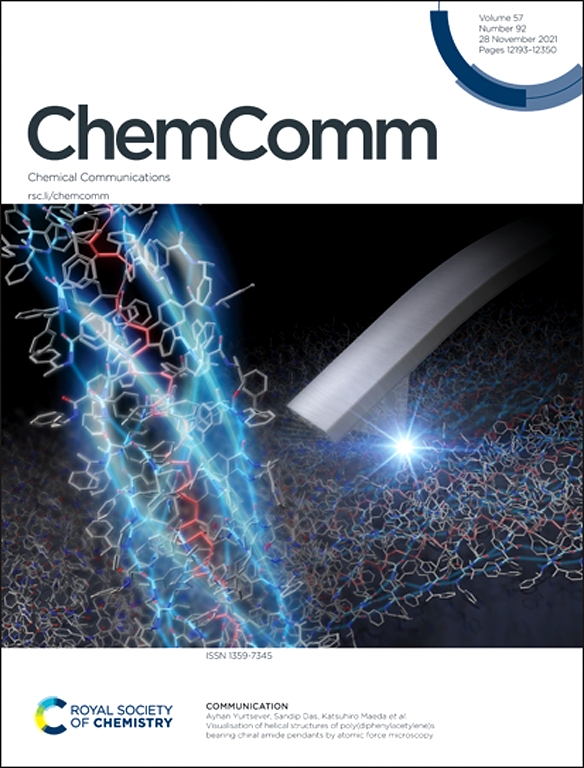无铅铋基钙钛矿太阳能电池的制备策略综述。
IF 4.2
2区 化学
Q2 CHEMISTRY, MULTIDISCIPLINARY
引用次数: 0
摘要
近年来,有机-无机铅卤化物钙钛矿太阳能电池(PSCs)的认证功率转换效率(PCE)已达到27%,超过了大多数商业化光伏技术,成为一种高效、经济的太阳能收集方法。然而,高性能psc中铅的毒性仍然是其商业化的一个重大障碍。为了解决这个问题,人们开始探索诸如铋(Bi)之类的无毒替代品。尽管影响广泛,但铋基PSCs的性能仍然不如Pb基PSCs,部分原因是由于复杂的结晶动力学和快速的形成过程在制备高质量薄膜方面带来了挑战。本文综述了各种铋基光吸收剂的制备工艺。首先,概述了这些材料的结构和光电子性能,然后系统地讨论了制造技术,包括溶液加工,蒸发和混合方法。对不同族铋基材料的性能进行了综述。最后,概述了推进铋基钙钛矿及其相关衍生物的挑战和进一步的前景,为无铅替代品的发展提供了见解。本文章由计算机程序翻译,如有差异,请以英文原文为准。
Fabrication strategies for lead-free bismuth-based perovskite solar cells: a review
The certified power conversion efficiency (PCE) of organic–inorganic lead (Pb) halide perovskite solar cells (PSCs) has reached 27% recently, surpassing those of most of the commercialized photovoltaic technologies and emerging as a promising approach for efficient and cost-effective solar energy harvesting. However, the toxicity of Pb in high-performance PSCs remains a significant barrier to their commercialization. To address this issue, non-toxic alternatives such as bismuth (Bi) have been explored. Despite extensive effects, the performance of Bi-based PSCs remains inferior to their Pb counterparts, partially owing to challenges in fabricating high-quality thin films arising from the complex crystallization kinetics and rapid formation processes. This review provides a comprehensive analysis of the fabrication processes of various Bi-based light absorbers. Initially, the structural and optoelectronic properties of these materials are summarized, followed by a systematic discussion of the fabrication techniques, including solution processing, evaporation, and hybrid methods. The performance of different families of Bi-based materials is also summarized. Finally, the challenges and further perspectives for advancing Bi-based perovskites and related derivatives are outlined, offering insights into the development of Pb-free alternatives.
求助全文
通过发布文献求助,成功后即可免费获取论文全文。
去求助
来源期刊

Chemical Communications
化学-化学综合
CiteScore
8.60
自引率
4.10%
发文量
2705
审稿时长
1.4 months
期刊介绍:
ChemComm (Chemical Communications) is renowned as the fastest publisher of articles providing information on new avenues of research, drawn from all the world''s major areas of chemical research.
 求助内容:
求助内容: 应助结果提醒方式:
应助结果提醒方式:


